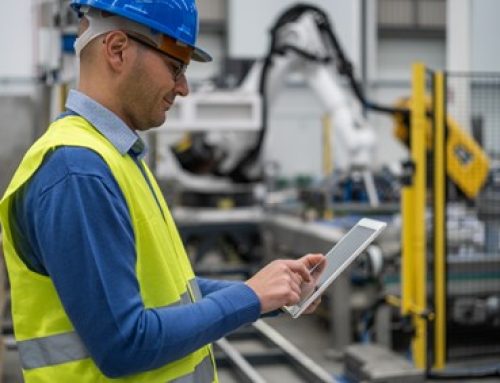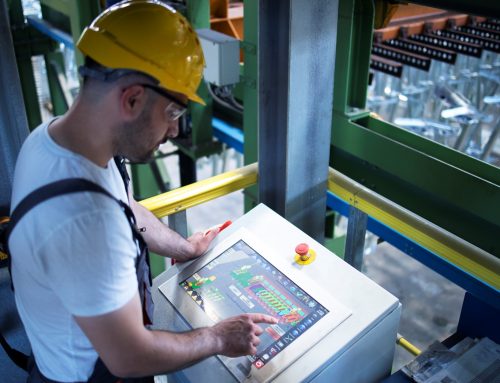This post and next, I will bring you insights relating ESG and Digital Transformation. Keep following to learn more about it!
As evidenced by the 2021 United Nations annual climate change conference, climate agreement COP26 (Conference of the Parties) and the latest Intergovernmental Panel on Climate Change (IPCC) report, we are at a critical moment for action on climate change.
The new IPCC report says global warming is dangerously close to spiraling out of control and that quick action to reduce greenhouse gas emissions could limit impacts. According to the analyses, unless there are immediate, rapid and large-scale reductions in greenhouse gas emissions, limiting warming to around 1.5°C or even 2°C will be out of reach.
It is a real, worldwide and very serious concern. And that’s where ESG enters the story.
Investors, customers, regulators and other stakeholders are increasingly pressing industrial companies to address environmental, social and governance (ESG) concerns. This continues to accelerate and evolve with increasing climate and social pressures. Initiatives such as the European Green Deal, which aims to make Europe climate neutral by 2050, have non-trivial compliance impacts for industrial companies.
As the US rejoins the Paris Agreement and adopts a more aggressive climate agenda, US compliance requirements will also increase. Companies must act to quickly find new, more sustainable methods of normal operations.
Where does digital transformation fit into this?
A related development from the COP meeting is the announcement by the International Sustainability Standards Board (ISSB). The ISSB aims to standardize ESG reporting and integrate climate reporting with financial reporting. Instead of the voluntary and often misleading disclosure of today’s carbon footprint, the company’s financial reports will feature audited and guaranteed emissions, climate policies and forward-looking statements. New analysis, tracking, software and management systems will be needed to properly develop and report on a company’s carbon footprint.
Artificial intelligence
Automation, data and applications are the foundation for transformational change. Adding analytics and artificial intelligence, combined with human insight, can drive performance optimization across engineering, production operations, and the enterprise. To accelerate decarbonization efforts and help your organization respond to business pressures, pursue intelligence as a service and data sharing across your ecosystem, enabled by cloud and real-time collaboration, supported by AI and operating models of sustainability first.
In engineering, AI can help reduce total cost and risk in capital projects through automated project generation. In production, predictive analytics technologies can take energy efficiency to the next level, with predictive emissions capabilities that enable organizations to minimize their carbon footprint while ensuring processes are optimized and consistent with operational and regulatory requirements. Sometimes, AI can automate and monitor closed-loop processes to support autonomous operation. Planning and scheduling can be optimized through AI with simulation, helping to create a self-learning approach to continuous improvement to reduce risk and maximize profitability. In maintenance, various AI techniques can increase asset reliability and performance through predictive and prescriptive analytics and predictive maintenance.
The payoff can be great
Example: A regulated and unregulated utility with over 60 plants in seven states added low-cost sensors and connectivity to its generating fleet for high-fidelity data access. They centrally monitor power generation assets with predictive asset analytics software. The system saved the company over $34 million from a single event in 2016.
Fun fact
Startups that offer technologies to help meet ESG practices are being called ESG Enablers. There are already over 700 startups offering ESG solutions in Brazil and although the peak of the birth took place from 2015 to 2018, now, more mature, these startups are attracting the attention of investors: 90% of the volume invested in ESG Enablers took place between 2017 and 2021. Source: Startse.
Next week we will talk about the Internet of Things and how it helps to reduce waste and facilitate sustainability results and initiatives.
Rodrigo Rotondo | LinkedIn – follow my newsletters
Rodrigo Rotondo | Calendly – schedule a demo
Manusis4 | LinkedIn – discover our solution
Manusis4|Youtube – watch our webinars






Leave A Comment